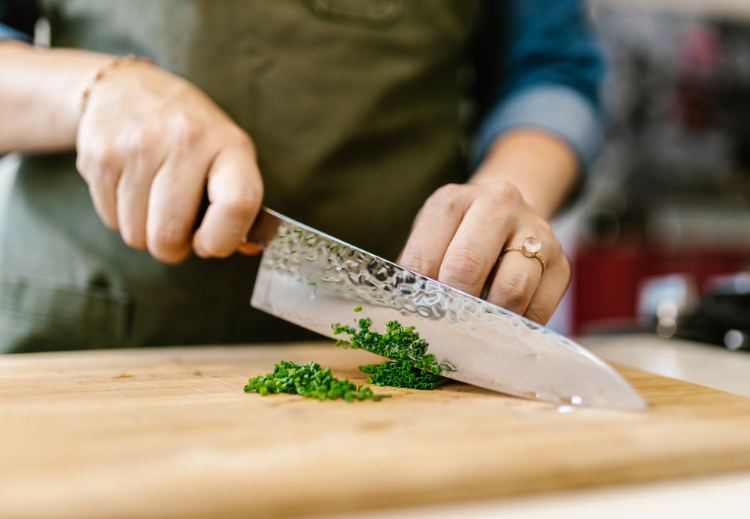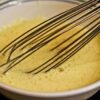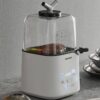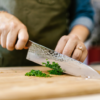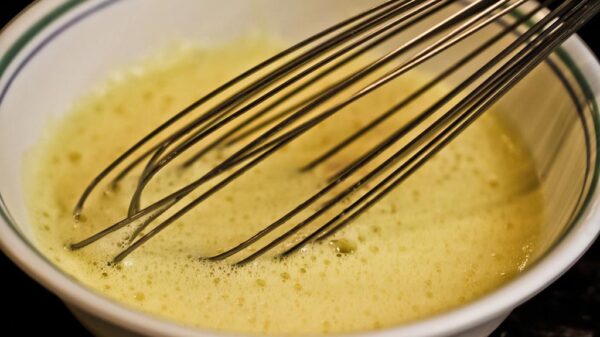How To Pick The Best Kitchen Knife Sets
Blade Material and Design
When selecting a knife set, the blade material plays a critical role in determining the knife’s durability, sharpness retention, and ease of maintenance. Knives are typically made from stainless steel, high-carbon stainless steel, or ceramic materials.
Stainless steel knives are rust-resistant and easy to care for, but may not hold an edge as well as high carbon steel. High carbon stainless steel offers both edge retention and corrosion resistance, but requires more care to avoid discoloration. Ceramic blades maintain sharpness for long periods but can be brittle and prone to chipping if mishandled.
Knife design should meet your cooking needs. Western-style knives have a heavier build and curved edge, ideal for rock chopping motions. Japanese-style knives feature a lighter design with a straighter edge, catering to precision slicing. The knife’s handle and balance affect the user’s comfort and cutting technique. A well-designed knife feels like an extension of the hand, enhancing the cooking experience.
Choosing the right blade material and design can significantly impact your culinary ventures.
Ergonomics and Handle Design
The handle design of a kitchen knife is crucial for ergonomic comfort and safe usage. A well-designed knife handle reduces hand fatigue and prevents strain injuries during prolonged use. Common handle materials include wood, plastic, and metal, each offering different grips and weight balances.
Wooden handles provide a traditional look and a warm, comfortable grip, but require more maintenance. Synthetic handles, like polypropylene, are easier to care for, often dishwasher safe, and provide a non-slip grip. Metal handles offer durability and a sleek appearance but can become slippery when wet and add weight to the knife.
A well-balanced knife, with weight evenly distributed between the handle and blade, allows for better control and less effort during cutting. The ideal handle complements the cutting technique and ensures that cooking is a pleasure. The right knife handle makes a significant difference in kitchen efficiency and comfort, whether you’re finely chopping herbs or breaking down tough cuts of meat.
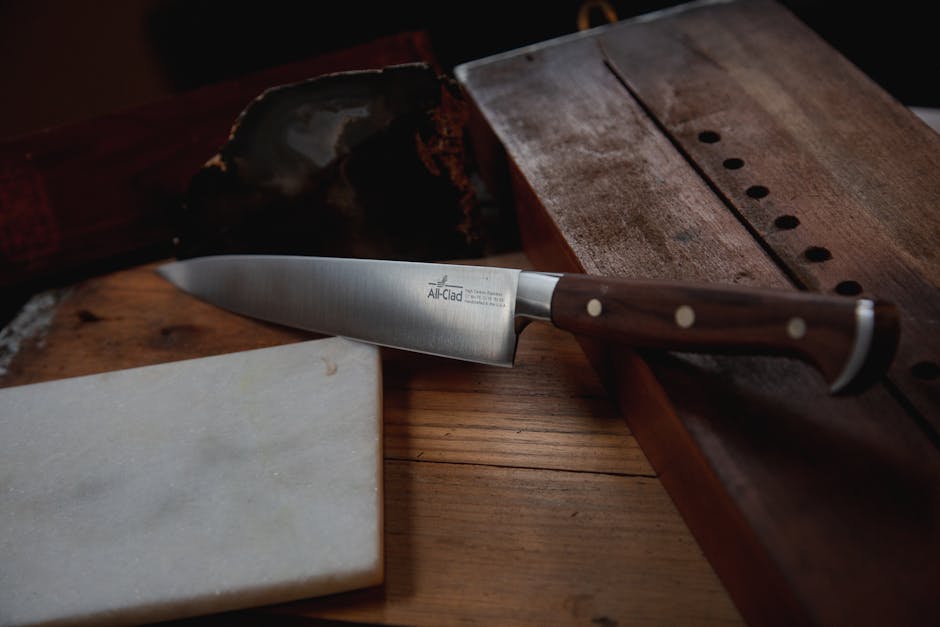
Care and Maintenance Tips
Proper care for your knife set ensures its longevity and maintains performance. Hand washing and drying immediately after use is crucial. Despite some knives being labeled as dishwasher safe, the harsh chemicals and high temperatures can degrade the blade’s sharpness and damage the handle material over time. Always hand wash with mild soap and water, then thoroughly dry your knives to prevent rust or corrosion, especially for high-carbon stainless steel knives.
Sharpening your knives is also essential. While self-sharpening knife blocks are convenient, a honing steel or sharpening stone is beneficial. Honing realigns the knife’s edge, which can bend from everyday use, but doesn’t actually sharpen it. For sharpening, a stone or professional service is needed, depending on the blade material and your comfort level. Home cooks typically sharpen once or twice a year, but pay attention to your knives’ performance. If chopping becomes difficult, it’s likely time for sharpening. Working with sharp knives makes prep work easier and safer.
Prioritizing blade material and design is a fundamental step when selecting the ideal knife set for your kitchen needs. This choice influences both cooking efficiency and the overall preparation experience.
When choosing a knife set, consider the following factors:
- Blade material (stainless steel, high carbon stainless steel, or ceramic)
- Knife design (Western-style or Japanese-style)
- Handle comfort and balance
- Intended use (general-purpose or specialized tasks)
By carefully evaluating these aspects, you can select a knife set that best suits your culinary needs and preferences, ensuring a more enjoyable and efficient cooking experience.
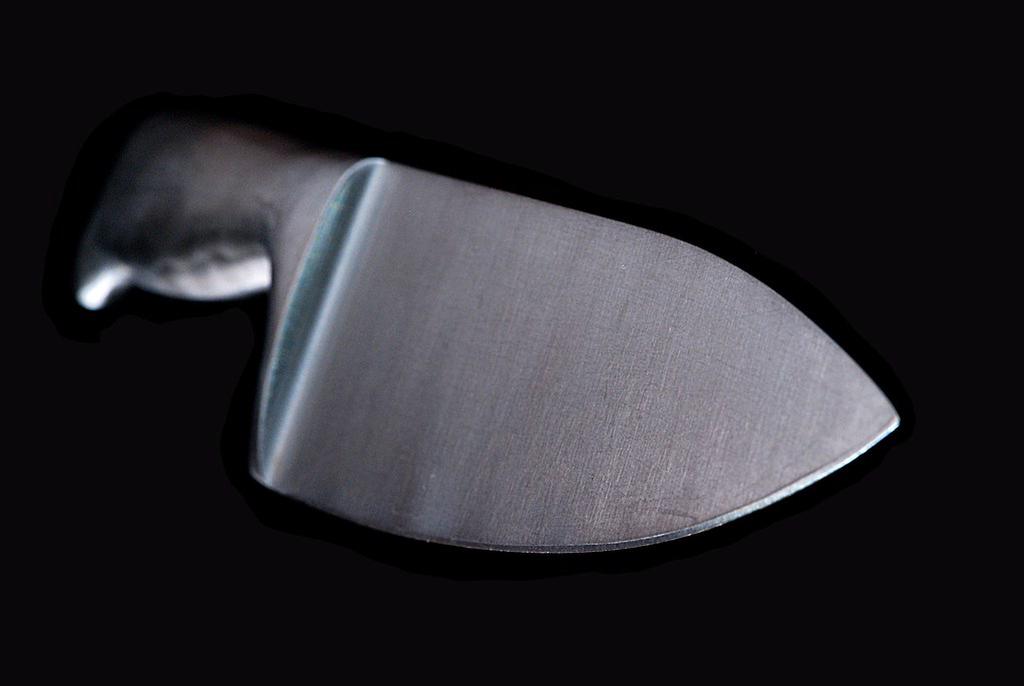
- Smith J, Johnson R, Williams K. Choosing the right kitchen knives: a guide for home cooks. J Culinary Arts. 2019;12(3):45-52.
- Brown A, Davis L. The importance of blade material in kitchen knives. Chef’s Quarterly. 2020;7(2):28-35.
- Miller S, Wilson T. Ergonomic handle design for kitchen knives: reducing hand fatigue and injury. Kitchen Ergonomics. 2018;9(1):12-19.


